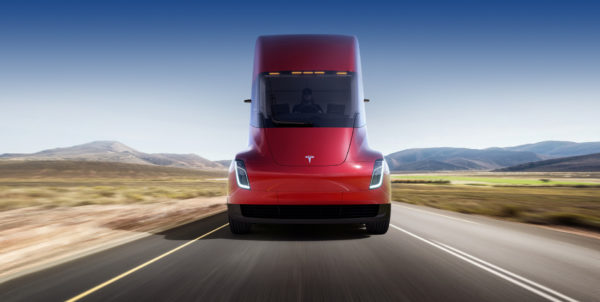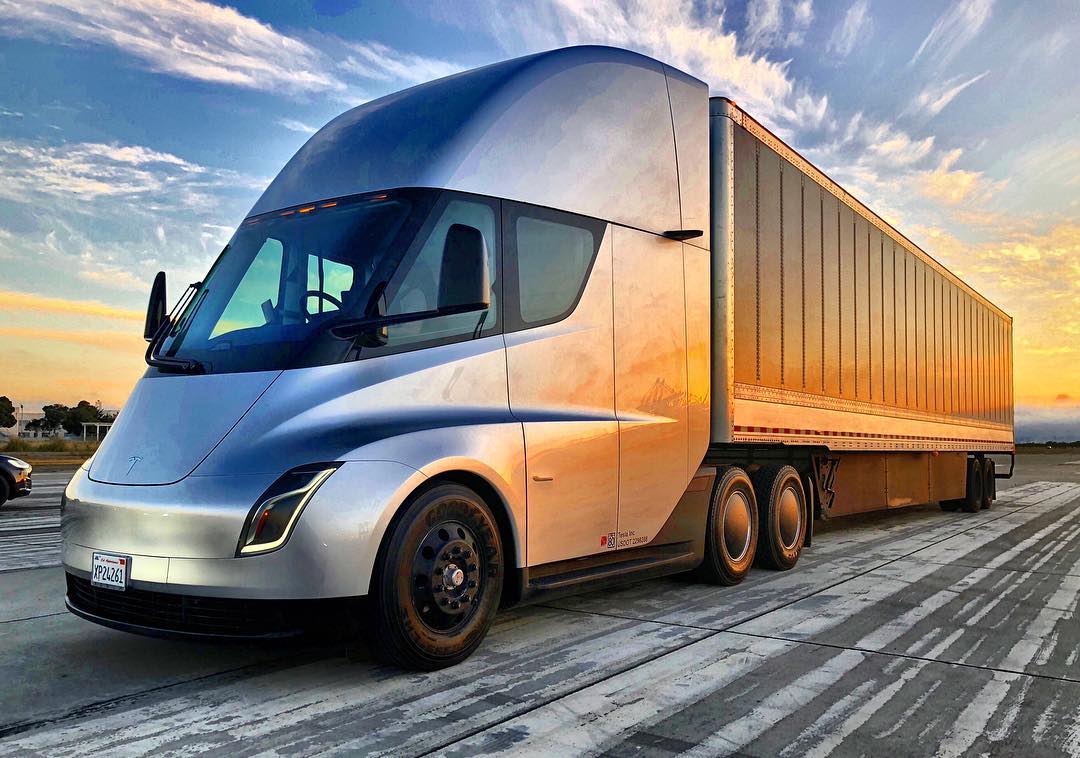The Australian Trucking Association (ATA) claims a shift from diesel-powered trucks to electric ones would not only save Australian businesses money but would assist trucking businesses and supply chains by ending volatile diesel costs, reducing maintenance costs, improving urban efficiency, and delivering better conditions for truck drivers.
The report, a collaboration between the ATA and the Electric Vehicle Council (EVC), was produced with input from about 50 truck manufacturers, fleet operators, and charging infrastructure and electricity organisations.
It found electrifying Australia’s truck fleet, comprising approximately 500,000 rigid trucks and 100,000 articulated trucks, would see transport costs and the cost of goods for consumers and businesses tumble, with wholesale trade, construction, retail, and agricultural industries to reap most of the flow-on benefits.
The ATA said one of the top cost-saving opportunities was removing diesel from the equation, which accounts for 35% of long-haul operators’ costs and 20% of short-haul operators’ costs.
ATA chairman David Smith said it’s nearly seven times cheaper to fuel an electric truck than a diesel one, with the average cost for a 300-kilometre journey being $117 for a diesel truck, and just $18 for an electric truck.
Conversely, Smith warned that if Australia is “left behind” on the energy transition, freight costs would skyrocket for business.
“If Australia gets left behind on the transition to electric and zero emission trucks, we risk our supply chains and exporters getting stuck with high, globally uncompetitive per-kilometre freight costs,” he said.
“Trucking operators face a number of barriers to buy and use an electric truck and these must be addressed to lower freight costs, improve fuel security and reduce emissions.”

Image: Tesla
The report says maintenance costs would also decrease if Australia’s ageing fleet was electrified, highlighting that the average lifespan of a truck in Australia is 10-15 years, compared to France (9.3 years), Germany (9.5 years) and the Netherlands (9.6 years).
An ageing truck is typically inefficient, guzzling more fuel and needing more maintenance, in addition to the damage wreaked on the environment and public health.
Key recommendations from the new EVC/ATA report include exempting electric trucks from urban curfews, changing Australian weight and width limits to accommodate battery-powered trucks, exempting electric trucks from stamp duty, and providing financial incentives to reduce the cost burden of an electric truck and incentivising freight transition.
“The higher upfront cost of electric trucks is a significant barrier for trucking operators, who have low profit margins,” the report says.
“This issue was consistently raised by workshop participants and members of both the EVC and ATA. For some truck models, the upfront cost can be twice that of a diesel equivalent. With the high price of heavy vehicles, this can represent an additional $200,000.”
Other recommendations include investing in public charging infrastructure to support on-route electric truck charging and setting a sales target for zero-emission trucks of 30% by 2030 and 100% by 2040.
“Every government in Australia has committed to net-zero, but this can’t be achieved without decarbonising the transport sector,” EVC chief executive officer Behyad Jafari said.
“Curfew-free operations are a huge opportunity, creating benefits for operators optimising fleet operations and to the community through reducing peak hour traffic and congestion.
“We need the government to read these recommendations and get moving fast. If we implement them swiftly the benefits to Australian trucking, our economy, and our environment will be truly massive.”
The ATA is aiming to see 100% of new truck sales be electric by 2040 but said Australia currently lags most of the world in the electrification of trucks making the need for reform urgent. Of the 58 electric truck models available in North America, Europe, and China only 14 are available to the Australian market.
While the ATA has highlighted the economics associated with a shift to electric trucks, SEA Electric’s regional director for Oceania, Glen Walker, said the widespread uptake would deliver benefits beyond the obvious costs savings.
“Mass uptake of electric trucks in urban Australia has the potential to save millions of tonnes of CO2 each year and provide up to 40,000 MWh of mobile battery storage, which is a potential future revenue stream,” he said.
This content is protected by copyright and may not be reused. If you want to cooperate with us and would like to reuse some of our content, please contact: editors@pv-magazine.com.









By submitting this form you agree to pv magazine using your data for the purposes of publishing your comment.
Your personal data will only be disclosed or otherwise transmitted to third parties for the purposes of spam filtering or if this is necessary for technical maintenance of the website. Any other transfer to third parties will not take place unless this is justified on the basis of applicable data protection regulations or if pv magazine is legally obliged to do so.
You may revoke this consent at any time with effect for the future, in which case your personal data will be deleted immediately. Otherwise, your data will be deleted if pv magazine has processed your request or the purpose of data storage is fulfilled.
Further information on data privacy can be found in our Data Protection Policy.